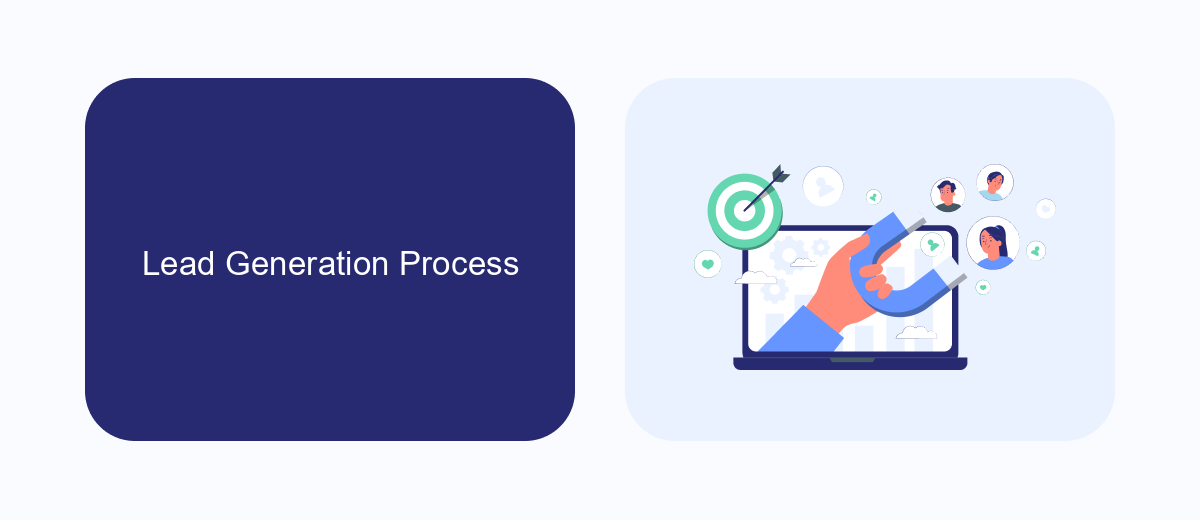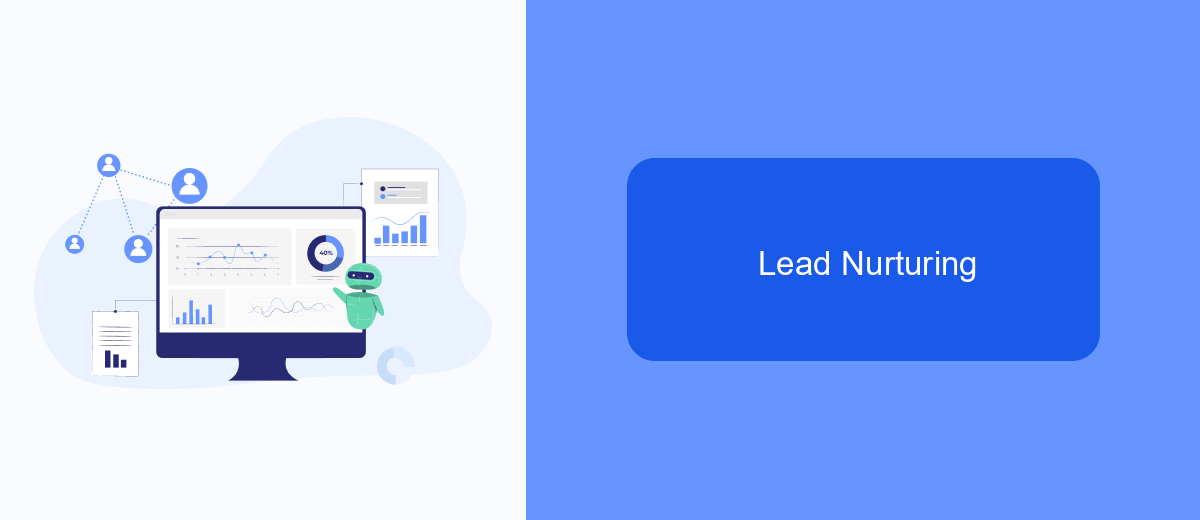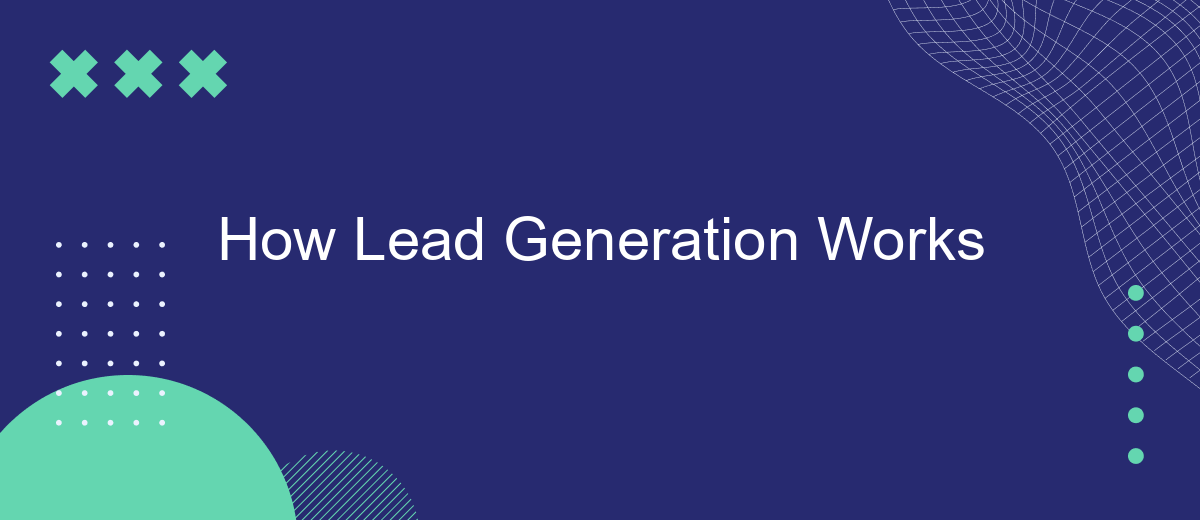Lead generation is a crucial aspect of modern marketing strategies, designed to attract and convert potential customers into leads. By utilizing various techniques such as content marketing, social media engagement, and targeted advertising, businesses can effectively capture the interest of their target audience. This article explores the key processes and tools involved in successful lead generation, helping companies to grow and thrive in competitive markets.
Defining Lead Generation
Lead generation is the process of attracting and converting strangers and prospects into someone who has indicated interest in your company's product or service. It's a crucial aspect of marketing that helps businesses grow by identifying potential customers and nurturing them until they are ready to make a purchase.
- Attract: Drawing potential customers to your brand through various marketing channels.
- Convert: Encouraging visitors to share their contact information through lead magnets like free trials or eBooks.
- Nurture: Building relationships with leads through targeted communication and engagement.
- Qualify: Determining the readiness of a lead to make a purchase.
Effective lead generation often involves the use of tools and services to streamline the process. For instance, SaveMyLeads offers seamless integration with various platforms, allowing businesses to automate the capturing and nurturing of leads. By leveraging such services, companies can ensure that no potential customer slips through the cracks and that every lead is given the attention they deserve.
Lead Generation Process

Lead generation is a structured process aimed at attracting and converting potential customers into leads. It begins with identifying your target audience and creating engaging content that addresses their needs and interests. This content can take various forms, such as blog posts, social media updates, eBooks, and webinars. Once the content is crafted, it is distributed through multiple channels, including email marketing, social media platforms, and search engine optimization (SEO) strategies, to reach a broad audience and drive traffic to your website or landing page.
When visitors engage with your content, they are encouraged to provide their contact information through lead capture forms or sign-ups. Effective lead generation often involves integrating various tools and services to streamline the process. For instance, SaveMyLeads can automate the transfer of new leads from your website or social media channels directly into your CRM system, ensuring no potential customer is overlooked. By automating these tasks, businesses can focus more on nurturing leads through personalized follow-ups and targeted marketing campaigns, ultimately increasing conversion rates and driving sales growth.
Lead Qualification

Lead qualification is a crucial step in the lead generation process, ensuring that the leads generated are genuinely interested and have the potential to convert into customers. This process involves evaluating and categorizing leads based on specific criteria to determine their readiness to move through the sales funnel.
- Define Criteria: Establish clear criteria for what constitutes a qualified lead, such as budget, authority, need, and timeline (BANT).
- Data Collection: Gather necessary information from leads through forms, surveys, or direct interactions to assess their fit with your criteria.
- Lead Scoring: Assign scores to leads based on their responses and interactions with your brand. Higher scores indicate higher qualification levels.
- Segmentation: Categorize leads into segments based on their scores and readiness to purchase, allowing for targeted follow-up strategies.
- Automation: Utilize tools like SaveMyLeads to automate the lead qualification process, integrating with your CRM to streamline data collection and scoring.
By effectively qualifying leads, businesses can focus their efforts on high-potential prospects, improving conversion rates and optimizing marketing and sales resources. Leveraging automation tools like SaveMyLeads can significantly enhance the efficiency and accuracy of the lead qualification process, ensuring a steady flow of well-qualified leads into the sales pipeline.
Lead Nurturing

Lead nurturing is a crucial part of the lead generation process, focusing on building and maintaining relationships with potential customers. This involves consistent communication and providing valuable content that addresses their needs and concerns, guiding them through the buyer's journey.
Effective lead nurturing requires a strategic approach, leveraging various channels such as email marketing, social media, and personalized content. By understanding the preferences and behaviors of your leads, you can tailor your messaging to resonate more effectively, increasing the likelihood of conversion.
- Segment your leads based on their interests and behaviors.
- Use automated workflows to deliver timely and relevant content.
- Utilize tools like SaveMyLeads to integrate and streamline your lead nurturing efforts.
- Continuously analyze and optimize your nurturing strategies.
By implementing these techniques, you can create a more personalized and efficient lead nurturing process. This not only helps in converting leads into customers but also builds long-term relationships that drive repeat business and referrals.
Measuring Lead Generation Success
Measuring the success of lead generation efforts is crucial for refining strategies and achieving business goals. Key performance indicators (KPIs) such as conversion rates, cost per lead, and return on investment (ROI) are essential metrics to track. Analyzing these KPIs helps businesses understand the effectiveness of their campaigns and identify areas for improvement. Additionally, monitoring the quality of leads generated is vital; high-quality leads are more likely to convert into loyal customers.
To streamline the process of tracking and analyzing lead generation success, integrating marketing tools and CRM systems can be highly beneficial. Services like SaveMyLeads offer seamless integration solutions that connect various platforms, automating data transfer and ensuring accurate performance measurement. By leveraging such tools, businesses can gain real-time insights, optimize their lead generation strategies, and ultimately drive better results. Regularly reviewing and adjusting lead generation tactics based on these insights will help maintain a competitive edge in the market.
FAQ
What is lead generation?
Why is lead generation important for businesses?
How can I automate the lead generation process?
What are the common methods of lead generation?
How do I measure the success of my lead generation efforts?
You probably know that the speed of leads processing directly affects the conversion and customer loyalty. Do you want to receive real-time information about new orders from Facebook and Instagram in order to respond to them as quickly as possible? Use the SaveMyLeads online connector. Link your Facebook advertising account to the messenger so that employees receive notifications about new leads. Create an integration with the SMS service so that a welcome message is sent to each new customer. Adding leads to a CRM system, contacts to mailing lists, tasks to project management programs – all this and much more can be automated using SaveMyLeads. Set up integrations, get rid of routine operations and focus on the really important tasks.
